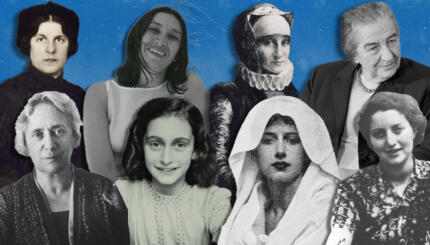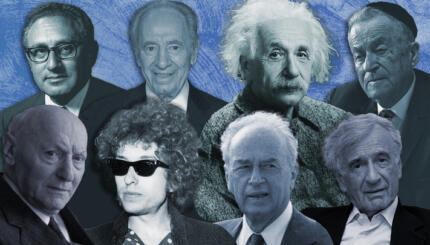If you were paying attention at Megillah reading on Monday night and Tuesday you probably noticed that the megillah is not so much a story of light, peace and gladness as a story of violence on top of violence. Specifically, the story ends with the Jews protecting themselves and doing off with hundreds of people in Shushan alone. And of course they hang and impale Haman and his ten sons.
That last part, hanging Haman and his kids, is actually a mitzvah, because Haman was an Amalekite, and Jews are commanded to blot out the existence of the nation of Amalek. The question is, are there any practical implications of this today? We blotted out Haman and his sons, but are there any other Amalekites that we need to do off with?
Check out this week’s Ask the Expert to find out, and don’t forget to send in your own questions or concerns, too.
megillah
Pronounced: muh-GILL-uh, Origin: Hebrew, meaning "scroll," it is usually used to refer to the scroll of Esther (Megillat Esther, also known as the Book of Esther), a book of the Bible traditionally read twice during the holiday of Purim. Slang: a long and tedious story or explanation.


